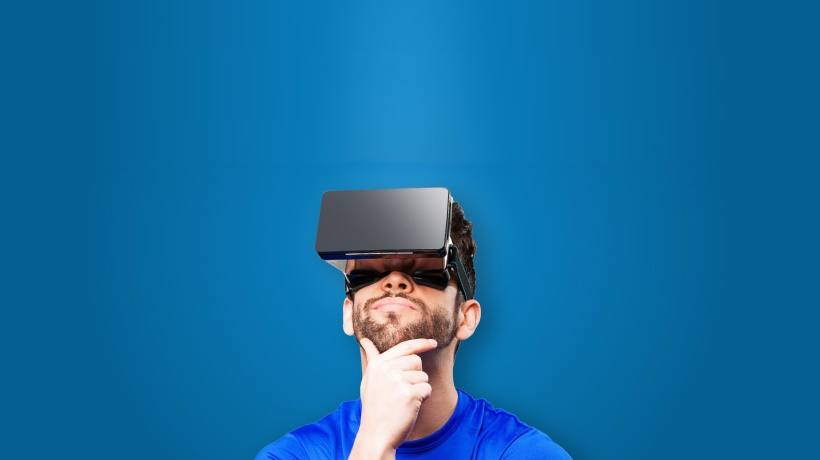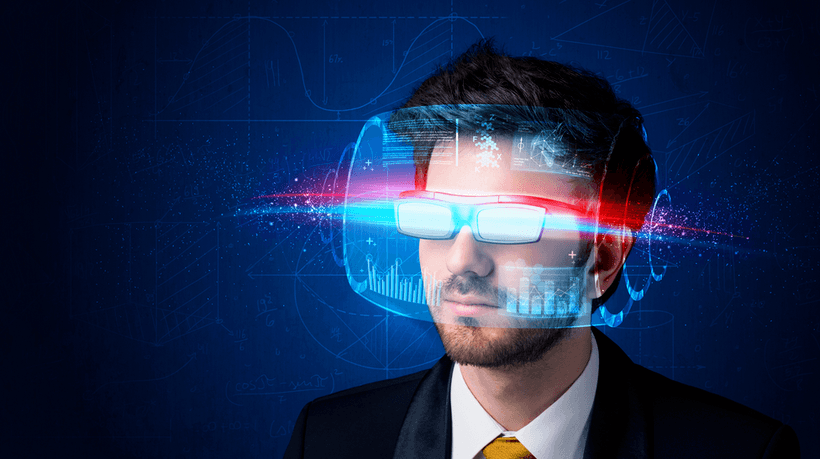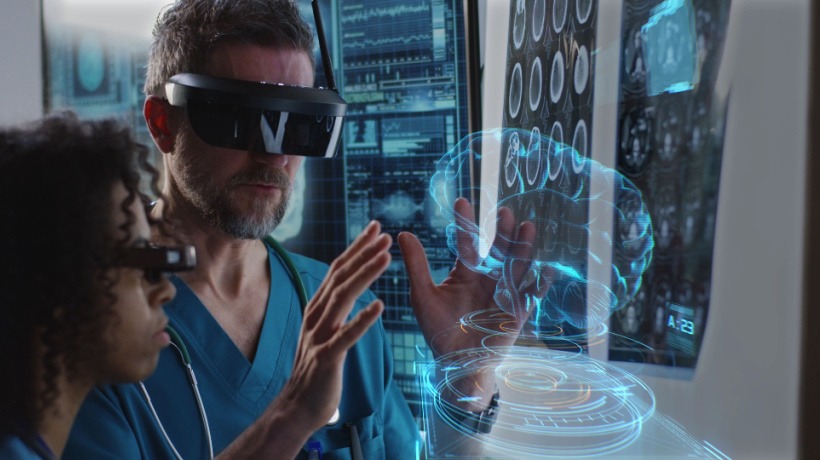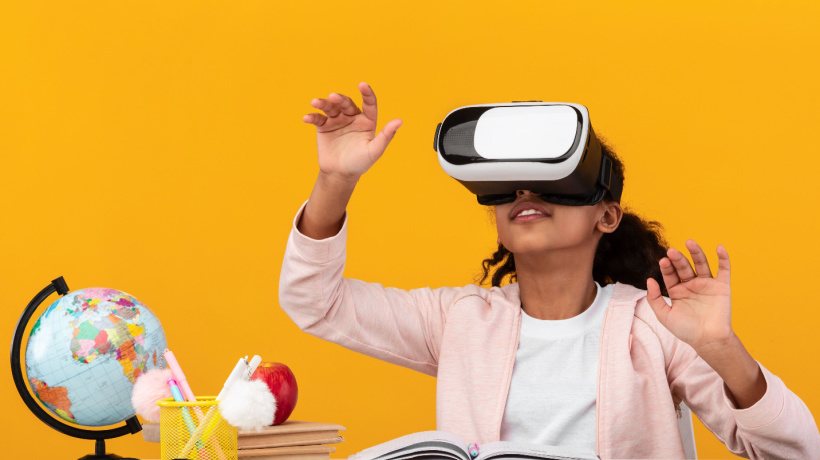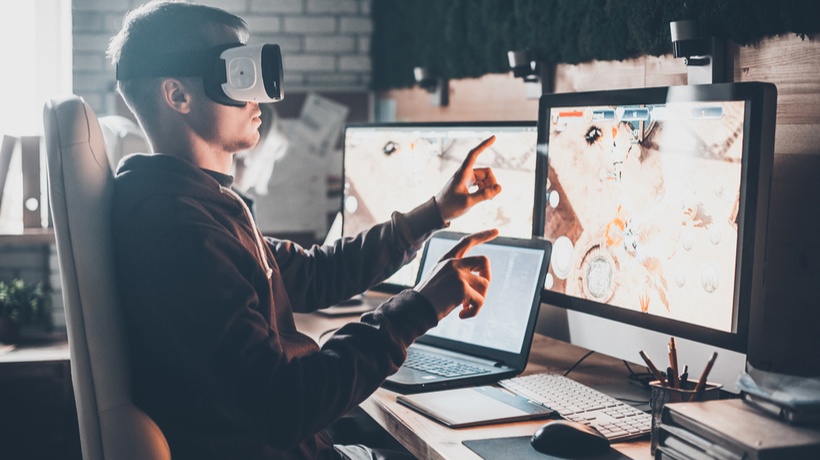Can We Really Use Virtual Reality In eLearning?
eLearning is in a period of massive growth. This is partly a result of learners having greater access to devices. Gone are the days where a learner needs to sit at a desktop in order to launch their compliance course at a prescribed time. Mobile learning has increased convenience, the likelihood of uptake and ultimately the return on investment. Will Virtual Reality (VR) have the same impact now that it is becoming more available? I recently purchased a Virtual Reality headset and have spent many hours marveling at the immersion of the experiences it brings. Whilst working with LearnUpon I have spoken to many customers in relation to where we think the industry is going and whether or not virtual reality will be a force for change. I have weighed up my thoughts to judge the likelihood of actually using Virtual Reality in eLearning.
Why Using Virtual Reality In eLearning Will Eventually Be Impactful
1. Immersion.
The nature of Virtual Reality leads to a high level immersion that subversively increases concentration and probably more importantly; experimentation. When you are projected into a fully immersive three dimensional world your senses can’t help but be heightened. The barrage of stimulus is in itself an amazing way to power up the brain's ability to take in information. With Virtual Reality it will be easier than ever to engage learners with your training content.
2. Environments.
Any environment, at any time, will be available so long as a developer creates it. The ability to recreate the actual environments that a learner will encounter in the real world will be vastly important. Visualization has long been respected as a tool to harness one's concentration and plan one's actions or choices. Now, visualization comes more into focus and actually becomes the primary sense allowing the brain to dig a little deeper into understanding and memory.
3. Physical Movements.
The benefit of eLearning will extend from theoretical training to the ability to train learners in physical interactions. This repetition of “doing” the action creates a muscle memory of experience and in many cases it can be used to practice actions that may incur a high cost with each repetition. The Oil and Gas industry have been some of the earliest adopters on the basis that the operations involved in the training can be incredibly expensive to do with repetition. The Virtual Reality headset will allow for a learner to see the consequences of a failed action with the company incurring the expense. There are even more extreme examples where the exercise in question may in fact be dangerous. The ability to simulate the learning exercise would cut down on needless risk!
Having said that there are some very real reasons why Virtual Reality still remains out of sync with eLearning and could well be considered a gimmick for now.
Constraints On Its Success
1. Cost.
The cost of headsets is still relatively high. They are still in the luxury item phase and this prevents mass adoption. This will not be the case going forward as the cost to manufacture the headsets as well as the cost of the minimum requirement chip set is ever decreasing. An example of this is the fact that 4k televisions are now becoming more and more affordable and accessible. We are at the cusp of the standard being set at the the 4k level. Currently the cost of a Virtual Reality experience is the combination of the headset and a high end personal computer which will run to a cost of over a thousand dollars.
2. Install Base.
The reason why mobile learning or mLearning is so powerful is that the smartphone is now a ubiquitous product. The concept of allowing learners to launch their eLearning courses on their own device rides the wave of the BYOD (Bring Your Own Device) movement, but more importantly it plays directly into the psychology of convenience and instant gratification that comes with the internet of things. I want to take my courses now, I can. Virtual Reality hardware is not at that widespread stage of adoption. It is also at the stage where most adopters are using the systems for gaming rather than wider level use. With Facebook's involvement with Oculus Rift you can be sure that Virtual Reality will enter our daily lives in the coming years.
3. Hardware.
The hardware requirements are currently a constraint. This will change in the same way that all cutting technology products do. The biggest constraint at the moment is actually a very simplistic consideration that only really becomes apparent when one sets up and uses a Virtual Reality headset; there are a lot of wires! The effort of setting up a headset with a compatible personal computer or console is fine for the early adopter/enthusiast, but it does represent a real barrier to entry for the masses. At the moment the setup and calibration of the tools may be more cumbersome than most trainers are willing to commit. It also may be the case that the time/effort does not yet merit the learning outcomes.
4. Nausea.
An unfortunate truth is that even with the leap in technical capabilities and the reduction of screen latency, nausea is still an issue. There is nothing more distracting to your careful designed training materials than a learner pausing halfway through with a bout of motion sickness.
In Conclusion
There is no doubt that Virtual Reality will change the way in which we learn and deliver learning. It may be a number of years before it truly has the impact it promises. For more eLearning articles visit Learnupon.com blog.
